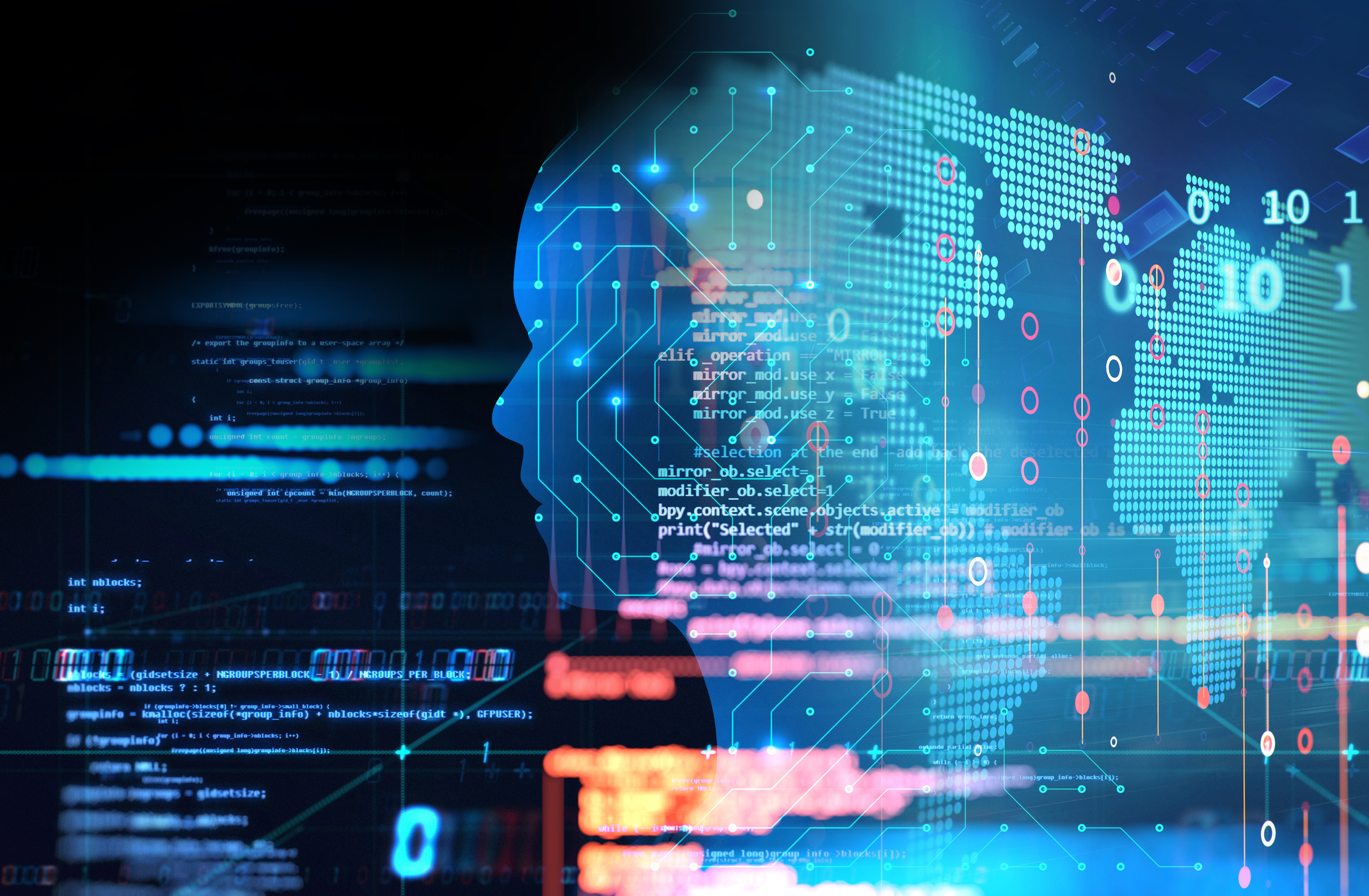The Current Landscape
“Manufacturing pessimism has spiked dramatically in April as industrial producers deal with changing tariff plans and try to assess how global trade policy will impact their costs and operations in the coming months.” So wrote Industry Week recently, citing several influential surveys and commentators. Business confidence has seen huge swings with fewer businesses expressing an intention to increase capital spending than at any time since the financial crisis of 2009 — with the brief exception of the peak inflation of 2023. The uncertainty of what tariffs will or will not be put in place, and when, is the main source of pessimism in the USA, and this is having a knock-on effect elsewhere.
Other challenges abound. European manufacturers are struggling to cope with the lack of microchip production in the region, with the European court of auditors (ECA) reporting that the EU is “very unlikely” to meet its 2030 target of supplying 20% of the world’s microchips at a time when global demand for semiconductors is booming to meet the growing needs of defense, green tech and artificial intelligence. Additionally, the collapse of battery start-up Northvolt has led other manufacturers to scale back growth plans and seek partnerships, highlighting challenges in the sector.
The landscape is rather brighter in the emerging manufacturing superpowers. India’s manufacturing sector is experiencing robust growth and investor optimism. According to a FICCI survey, 83% of manufacturers reported higher or stable production levels in Q3 FY 2024-25, with 42% planning investments in the next six months. The sector is projected to reach a $1 trillion valuation by 2025-26, driven by initiatives like “Make in India” and the Production-Linked Incentive (PLI) scheme.
Getting reliable information out of China is a challenge, but the country’s leadership is confident that it can ride out the imposition of tariffs by the USA, and some tech sectors are booming. China is expected to overtake Taiwan as the world’s biggest manufacturer of chips in 2030 with 22% of the market.
Generative AI and Its Relevance to Manufacturing
As the industry struggles to get to grips with the current uncertainties, generative AI (GenAI) technology is becoming a valuable asset, helping to automate and improve, and in some cases completely transform, many manufacturing processes. The use cases cover the entire lifecycle of manufactured goods, from product design through supply chain optimization to digital twins and predictive maintenance. GenAI not only makes operations more efficient but also sparks new ideas and innovations while providing the market insights to drive profitability.
What Is Generative AI in Manufacturing?
Generative AI refers to artificial intelligence that creates new data or new content from the existing data that it has been trained on. Modern manufacturing industry generates vast amounts of data from sensors, equipment and production lines. With GenAI, manufacturers can use this data to identify patterns and generate valuable insights that were previously difficult or even impossible to obtain through traditional methods. GenAI can anticipate potential issues, suggest improvements and even autonomously adapt processes in real-time.
People are increasingly familiar with the core technologies behind generative AI: machine learning, computer vision and natural language processing. But to understand GenAI in the specific context of manufacturing we need to dig deeper.
Foundational models
The backbone of GenAI in manufacturing consists of large language models (LLMs), multimodal models and domain-specific models. LLMs such as GPT-4, Claude, and open-source alternatives process natural language queries about manufacturing operations and generate human-like responses. Multimodal models process and generate data across different data types (e.g., text, images, 3D designs) for comprehensive manufacturing applications. And domain-specific models are trained specifically on manufacturing data like equipment specs, maintenance logs, and quality reports, and then fine-tuned during operations.
Data infrastructure and processing technologies
Manufacturing GenAI systems require robust data handling capabilities. Specialized vector databases (such as Pinecone, Weaviate and PGvector) store numerical representations of manufacturing data for efficient similarity searches. Data pipeline systems are deployed for ingesting, cleaning, and structuring diverse manufacturing data streams from sensors, ERP, and quality control systems. Embedding models are needed to convert unstructured textual manufacturing data (such as maintenance reports, product specs etc,) into numerical vectors that GenAI models can process.
Orchestration layers
Critical middleware technologies behind GenAI in manufacturing include orchestration platforms such as ZBrain, which manage complex workflows between LLMs, databases, and manufacturing applications, with APIs and plugins connecting GenAI to manufacturing software such as manufacturing execution systems (MES) as well as external data sources. Systems like Redis and GPTCache store frequent queries to reduce latency in manufacturing environments.
Supporting infrastructure
he operational backbone supporting GenAI in manufacturing consists of cloud platforms such as AWS, GCP and Azure. Edge computing is important for real-time processing in factories where low latency is critical. Large language model operations (LLMOps) systems are used to deploy, monitor, manage, and optimize large language models (LLMs) in production environments — similar to how MLOps (Machine Learning Operations) handles traditional machine learning models but with a focus on the unique challenges of LLMs.
Validation and safety layers
Various technologies are required to ensure the reliability of GenAI in manufacturing. They include output validation tools such as Guardrail and Rebuff to ensure generated content meets manufacturing standards; bias detection systems to identify and mitigate potential biases in AI-generated manufacturing recommendations; and knowledge grounding techniques to tie generative outputs to authoritative manufacturing data sources.
Specialized manufacturing applications
Domain-specific technologies in manufacturing include digital twin technology, i.e., virtual replicas of physical assets enhanced with generative simulation capabilities; and computer vision systems, for applications such as quality inspection, often augmented with synthetic data from generative models and predictive maintenance systems, which combine traditional ML with generative capabilities for maintenance instructions.
These technologies work together to enable the use cases described below.
Generative AI Applications in Manufacturing
Design optimization
GenAI is increasingly used in various aspects of product design. AI-driven topology optimization tools such as Autodesk Fusion 360 or PTC Creo Generative Design use AI to generate multiple design alternatives based on constraints (e.g., weight, strength, material). For example: Airbus used generative design to create a lighter aircraft partition (45% weight reduction) while maintaining structural integrity. Automotive manufacturers use generative AI to design lighter car parts that meet crash-test standards while cutting material waste. GenAI helps in such design because it can simulate thousands of iterations balancing trade-offs between multiple objectives.
Performance simulation and digital twins
Manufacturers are using GenAI to predict stress points, thermal behavior, or fluid dynamics before physical prototyping. Siemens’ Simcenter, for example, integrates AI to optimize designs for noise, vibration, and aerodynamics. Digital twins paired with generative models continuously refine designs based on real-world sensor data.
Customization and hyper-personalization
GenAI models can create thousands of design variants based on customer input (e.g., style, size, function). It can also be used to analyze purchase history, behavior, and preferences to suggest product customizations before the customer even asks. AI-generated personas help tailor product offerings for micro-segments of customers. There are plenty of examples of such customization in the worlds of fashion and apparel, automotive and furniture design. Adidas – Futurecraft 4D uses generative design and 3D printing to produce mid-soles tailored to individual runners’ biomechanics, with customization based on gait analysis and foot pressure maps. BMW allows customers to personalize interior elements using AI-assisted configurators that ensure feasible combinations and real-time visual feedback. And Herman Miller uses generative design to create ergonomic office chairs that adapt to individual user body types and posture needs, driven by user feedback and pressure sensor data.
Medical manufacturing is one of the most impactful areas for generative AI–driven hyper-personalization, especially in the design and production of implants, prosthetics, and surgical guides.
Process improvements
GenAI is transforming manufacturing process optimization by predicting inefficiencies, automating decision-making, and uncovering hidden improvements across production lines. This can speed up production and eliminate waste.
With dynamic scheduling, GenAI generates optimal production schedules in real-time, considering machine availability, workforce shifts and the avoidance of supply chain delays. BMW has used AI to reduce production scheduling time by 30%. GenAI applications can identify and resolve bottlenecks and chokepoints by simulating “what-if” scenarios (e.g., reallocating resources to high-priority tasks).
Generative AI is also increasingly used to redesign entire process workflows, for example by cutting out redundant process steps or optimizing factory layouts. Companies such as Flexcitron develop AI scheduling tools for wafer fabs to minimize cycle times and improve throughput.
Quality control
LLMs are increasingly used to analyze QA reports, sensor logs, and ERP data to generate hypotheses on root causes for defects such as temperature variations. They can also recommend corrective actions such as more frequent calibration of oven temperatures.
Predictive maintenance
Generative AI is revolutionizing predictive maintenance by enhancing the analysis of data generated by sensors, creating synthetic datasets, and enabling more accurate failure predictions. These GenAI predictive maintenance applications generate failure forecasts (e.g., predicting the wear on bearings used in motors) and auto-generate maintenance instructions (LLMs turn sensor alerts into repair steps).
This leads to optimized maintenance schedules, reduced downtime, and lower operational costs.
Challenges – and solutions
Rolling out generative AI in manufacturing offers significant benefits such as innovation, speed, waste reduction and more, but manufacturers face substantial obstacles across technology, process, compliance, and people domains. However, in most cases, these obstacles can be overcome and challenges mitigated.
Technology-related obstacles
The greatest challenge is incomplete, inconsistent, or siloed data, which impairs model training and undermines the reliability of generative outputs. Legacy systems often store design, production, and quality data in incompatible formats, and it can be a struggle to connect and integrate GenAI tools with outdated ERP, MES, or CAD systems. APIs and data pipelines may not exist or require costly custom development.
To overcome data challenges, organizations should conduct a data audit and invest in cleaning, labelling, and structuring design and production data. Data lakes or middleware can be used to unify siloed data sources. Manufacturers should opt for vendors with pre-built connectors for common CAD, ERP, and PLM systems.
Generative models (e.g. for design optimization or simulation) also require significant processing power and often need cloud or high-performance computing infrastructure that is not available on-site. It is a good idea to use digital twins to simulate and validate outcomes before committing to physical production.
Generative AI introduces new cybersecurity vulnerabilities, such as IP theft, tampering with AI-generated designs, or adversarial attacks on models. This is a particular concern in regulated industries like aerospace, defense, and medical devices. To overcome this, manufacturers are advised to invest in robust defenses.
Process-related obstacles
Many manufacturing organizations lack clear end-to-end processes for how generative AI fits into design, prototyping, validation, and production stages. The validation of AI-generated outputs is often manual, time-consuming, or poorly defined.
Generative AI is most effective when continuously trained on performance and usage data, which many manufacturers do not collect or feedback efficiently.
When it comes to mass customization, even if designs can be personalized, many production lines aren’t flexible enough (e.g. tooling, materials, QA processes) to manufacture variable outputs efficiently.
These challenges can be mitigated by modifying process steps, for example with human-in-the-loop (HITL) checkpoints to allow engineers to review and approve designs. Additive manufacturing can be deployed for short-run or personalized items — this is common practice in the manufacture of medical implants.
People-related obstacles
In many countries there is a shortage of personnel who understand both domain-specific manufacturing processes and generative AI techniques. Manufacturers will find it difficult to find and attract engineers who can bridge design, data science, and digital manufacturing.
There may also be some cultural resistance, with engineers and operators distrusting or resisting AI-generated outputs, especially if they appear to challenge conventional expertise. Resistance to new workflows, retraining, and fear of job displacement can stall adoption.
To overcome the skills shortage, manufacturing companies should work with technical colleges and government to create cross-disciplinary courses, training engineers in AI principles, and data scientists in manufacturing basics.
They also need to invest in change management and communicate clear benefits (e.g. faster time to market, fewer redesigns). Leading manufacturers have established AI governance teams with stakeholders from IT, operations, compliance, and HR to oversee AI ethics, safety, and integration.
Compliance and regulatory obstacles
Bodies such as the FDA, EMA, or ISO are still evolving standards for AI-generated medical or safety-critical products. Meanwhile, manufacturers must prove traceability, explainability, and repeatability. It is often the case that AI recommends an action but cannot explain why. Thus, human oversight is essential, as is engaging regulators early. Manufacturers must adopt standards such as ISO/IEC 22989 (AI terminology) and ISO/IEC 24029 (AI trustworthiness).
There are also IP and liability concerns. Who owns AI-generated designs? Who is liable if a personalized part fails? The software vendor, designer, or OEM? Or customer? Manufacturers should establish policies on ownership of AI-generated content and define who is accountable for errors or failures.
The Future of Generative AI in Manufacturing
So long as the obstacles and challenges can be overcome, we can expect GenAI to become an even more integral part of manufacturing processes, driving further innovations and efficiencies. AI will enable manufacturers to produce highly customized products at scale, optimize their supply chains, and make smarter, data-driven decisions.
GenAI-powered systems will be able to respond to market changes in real-time, helping manufacturing companies to stay competitive and meet social needs such as food and clothing adapted to the individual consumer’s needs. Moreover, AI will play a key role in helping manufacturers meet sustainability goals by reducing waste, energy consumption, and carbon emissions.
The future of manufacturing is smart factories with automated, and in some cases fully autonomous and self-improving production. This vision is still some way off becoming reality, but it is definitely on the horizon.
Conclusion
It is likely that the current uncertainty around international trade and supply chains — including the prospect of more tariffs and protectionist measures, will accelerate the adoption of GenAI technologies. There is likely to be pressure to reshore and localize production, and this will only make sense in high-cost countries if GenAI is adopted. Trade policy shifts create volatile cost structures (e.g. tariffs on specific raw materials or components). In this environment, generative design tools allow engineers to rapidly iterate and simulate alternative designs optimized for new constraints (including material availability, tolerances, and cost ceilings). GenAI will also enable manufacturers to increase supply chain resilience while reducing costs.
Governmental policies, such as the pursuit of technological sovereignty, will provide a further catalyst in sectors such as defense and pharmaceuticals.




